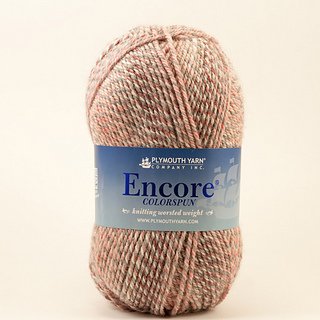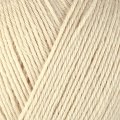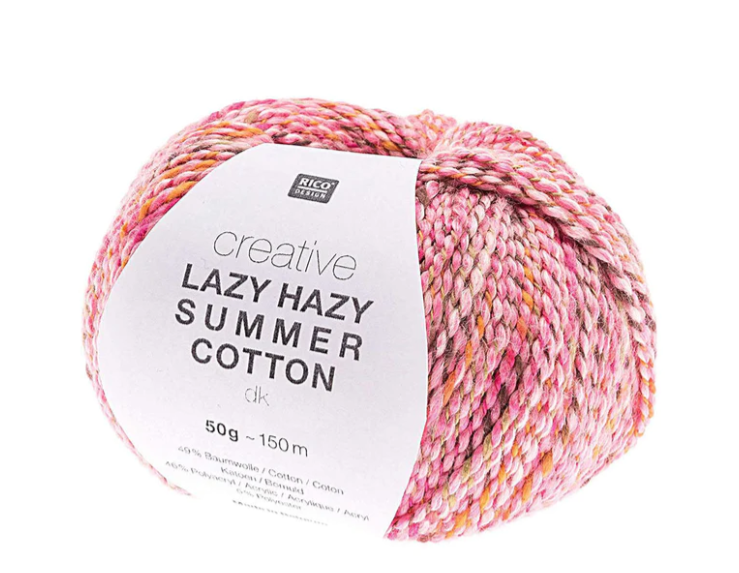 Where Creativity Is American Made...
Where Creativity Is American Made...
Acrylic fibers are an important category of synthetic fibers. Most commercial acrylic fibers are in fact copolymers of acrylonitrile and other vinyl monomers, such as vinyl chloride, vinyl acetate, vinyl alcohol, etc.
Properties of acrylic fiber:
- High resistance to UV degradation, to damage from mould, mildew and micro-organisms.
- The structure allows the acrylic fibers to develop woollike bulk and resiliency.
- Acrylic has a warm and dry hand like wool.
- Does not absorb water. Instead, acrylic wicks moisture to the surface where it evaporates.
Acrylic blend yarns combine the properties of acrylic with those of other fibers.
The Dupont Corporation created the first acrylic fibers in 1941 and trademarked them under the name "Orlon". Some of the major applications of the fiber in its early history of commercial success were in the production of sweaters, knits, hosiery, coats, active wear, and blankets, the applications in which wool was normally utilized.
Properties of acrylic fiber:
- High resistance to UV degradation, to damage from mould, mildew and micro-organisms.
- The structure allows the acrylic fibers to develop woollike bulk and resiliency.
- Acrylic has a warm and dry hand like wool.
- Does not absorb water. Instead, acrylic wicks moisture to the surface where it evaporates.
Acrylic blend yarns combine the properties of acrylic with those of other fibers.
|
Showing 1 - 25
of results
|
























